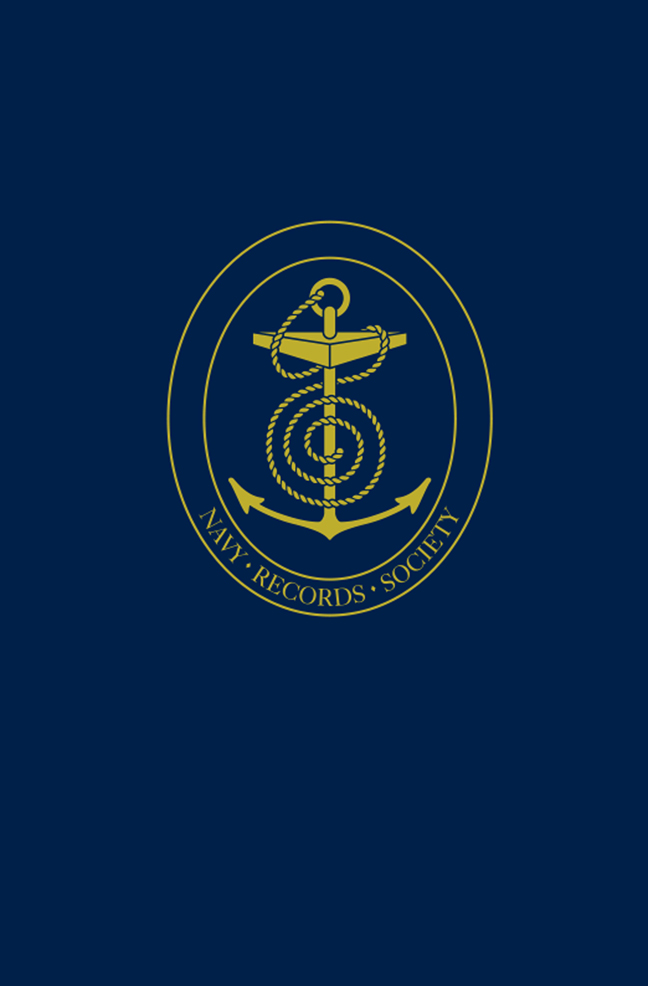Book contents
- Frontmatter
- Dedication
- Contents
- List of Illustrations
- Preface
- Acknowledgements
- Glossary of Abbreviations
- A Brief Bibliography
- Part I The Washington Conference, 1919–1923
- Part II The Geneva Conference, 1922–1927
- Part III The First London Naval Conference, 1927–1930
- Part IV The Second London Naval Conference, 1930–1936
- Part V The Sailors Meet, 1919–1939
- Part VI Edging towards an Alliance, 1937–1939
- Documents and Sources
- Index
- Miscellaneous Endmatter
Part III - The First London Naval Conference, 1927–1930
Published online by Cambridge University Press: 05 March 2024
- Frontmatter
- Dedication
- Contents
- List of Illustrations
- Preface
- Acknowledgements
- Glossary of Abbreviations
- A Brief Bibliography
- Part I The Washington Conference, 1919–1923
- Part II The Geneva Conference, 1922–1927
- Part III The First London Naval Conference, 1927–1930
- Part IV The Second London Naval Conference, 1930–1936
- Part V The Sailors Meet, 1919–1939
- Part VI Edging towards an Alliance, 1937–1939
- Documents and Sources
- Index
- Miscellaneous Endmatter
Summary
The Geneva Conference had failed because neither the British nor the American Governments gave it close enough attention, largely eschewing preliminary negotiations, which would have flagged differences, and did not choose appropriate delegations. It suffered also from the undue prominence, in the American delegation, of naval officers, notably Rear Admiral Hilary P. Jones. Towards the end, Churchillian opposition to cruiser parity led to the temporary recall of the British Delegation, a death blow to an already fading conference.
By 1930, different men headed governments and navies and, spurred by a clause in the Washington Five Power Treaty of 1922 that there should be a review of capital ship and aircraft carrier provisions in 1931, they resolved to subsume that with a renewed attempt to resolve the problems thrown up by Geneva in a conference at London early in 1930. The proposed naval discussions ran in tandem with other talks on preparations for a World Disarmament Conference. The President of the United States from March 1929 was Herbert Hoover, the leading international philanthropist of his day, and anxious to go down in history as a great peacemaker. Since June 1929 the Prime Minister of the United Kingdom had been the pacific Ramsay MacDonald. Their arrival in office was the signal for a fresh attempt at friendlier Anglo-American relations and a commitment to secure world peace and disarmament. Their basis was the so-called ‘pact of peace’, the Pact of Paris (more commonly known as the Kellogg-Briand Pact) of 1928–29, which proposed to renounce war as an instrument of national policy and gained the ready signature of most powers. Both leaders made gestures towards limitation by cancelling ships. The conduit between these two men of peace and goodwill was the new American Ambassador to London, the ebullient and energetic Charles Gates Dawes. Most of the extensive preliminary discussions were carried on by MacDonald, via the enthusiastic Dawes, and Hoover's Secretary of State, the austere Henry L. Stimson, a commanding figure, experienced in public service and a member of the internationally minded ‘East Coast Establishment’. Both Stimson and MacDonald were determined to keep discussions firmly in their own hands. The issues were aired in a frank exchange of views and sealed by MacDonald's visit to Hoover in October 1929, a meeting that would be termed later a ‘summit’ conference.
- Type
- Chapter
- Information
- Anglo-American Naval Relations, 1919-1939 , pp. 91 - 150Publisher: Boydell & BrewerFirst published in: 2024



